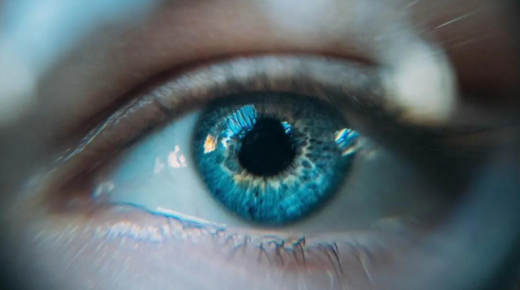Peripheral Vascular Disease (PVD) is a serious condition that affects blood flow to the limbs. Vascular surgeons play a crucial role in treating this disease, ensuring proper blood circulation and preventing complications. While some may seek cosmetic vein treatment Lake Mary, it’s important to understand the broader scope of vascular health. A comprehensive approach helps manage symptoms and reduces the risk of serious health issues. With expertise and care, vascular specialists work to improve the quality of life for those impacted by PVD.
Understanding Peripheral Vascular Disease
PVD occurs when blood vessels outside the heart and brain become narrowed or blocked. This can lead to pain, numbness, and other complications. The most common cause is atherosclerosis, where plaque builds up in the walls of the arteries. Risk factors include smoking, diabetes, obesity, and high blood pressure. The disease often goes unnoticed until symptoms become severe.
The Role of Vascular Surgeons
Vascular surgeons diagnose and treat problems with veins and arteries. They use various techniques to restore blood flow. Options may include medication, lifestyle changes, or surgery. Their goal is to reduce symptoms and prevent complications. This multidisciplinary approach is vital for effective management of PVD.
Common Treatments for PVD
Treatment varies based on the severity of the disease. Here are three common approaches:
- Medication: Doctors may prescribe drugs to improve blood flow.
- Lifestyle Changes: Quitting smoking, eating a healthy diet, and exercising.
- Surgery: In severe cases, procedures like angioplasty or bypass surgery are considered.
Consulting with a vascular surgeon can help determine the best course of action. They offer personalized care to meet individual needs.
Comparison of Treatment Options
| Treatment Type | Benefits | Considerations |
| Medication | Non-invasive, easy to administer | Requires ongoing management |
| Lifestyle Changes | Improves overall health | Needs commitment |
| Surgery | Effective for severe cases | Involves recovery time |
Preventing Peripheral Vascular Disease
Prevention is key to managing PVD. Here are three strategies to lower risk:
- Maintain a healthy weight and diet.
- Stay active through regular exercise.
- Monitor and manage blood pressure and cholesterol.
These steps can help improve vascular health and reduce the chance of developing PVD.
The Future of Vascular Health
Advancements in medical technology continue to improve treatments for PVD. Researchers are exploring new ways to enhance vascular health and patient outcomes. This commitment to innovation helps ensure that patients receive the best possible care.
Conclusion
Vascular surgeons are essential in the fight against Peripheral Vascular Disease. Through a combination of expertise and compassionate care, they help patients manage and overcome this challenging condition. Understanding PVD and its treatments empowers individuals to make informed decisions about their health. With the right care and lifestyle changes, it’s possible to improve the quality of life and reduce the risk of complications.




